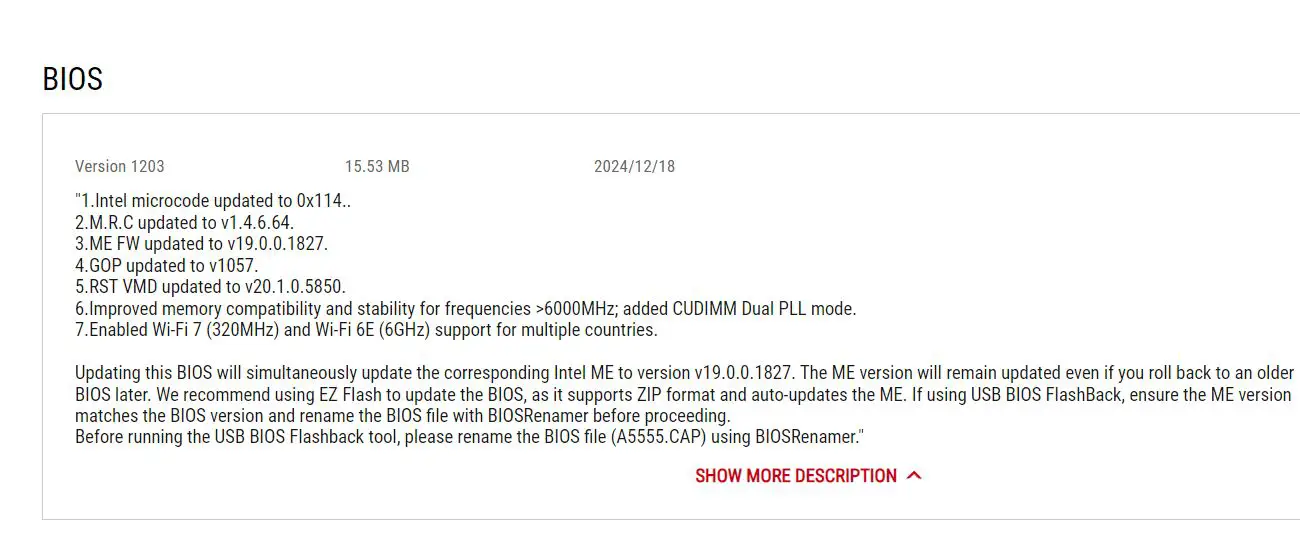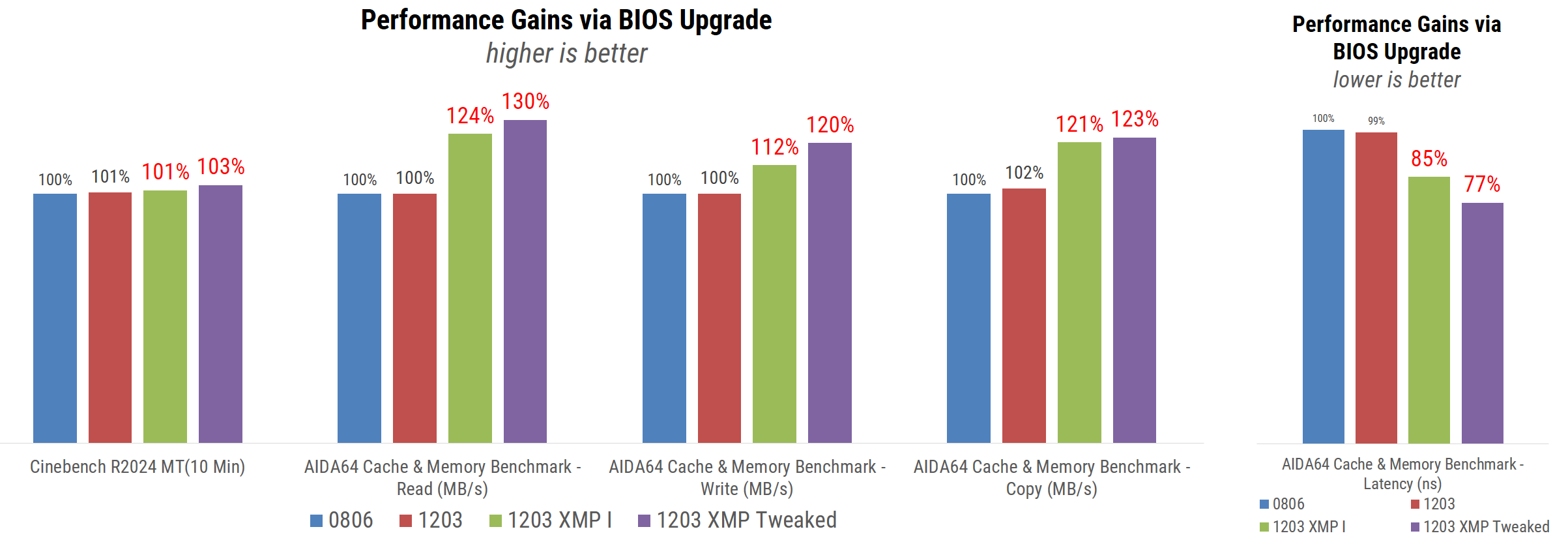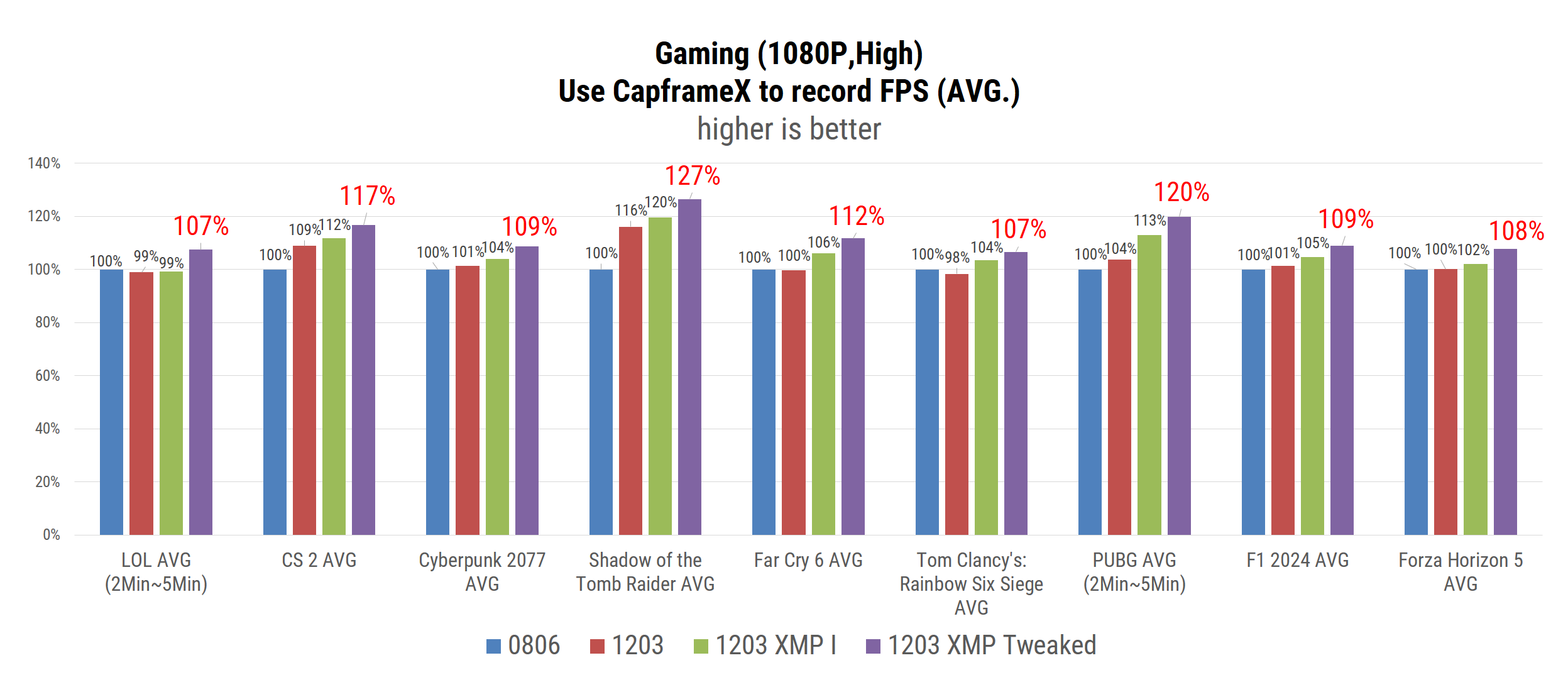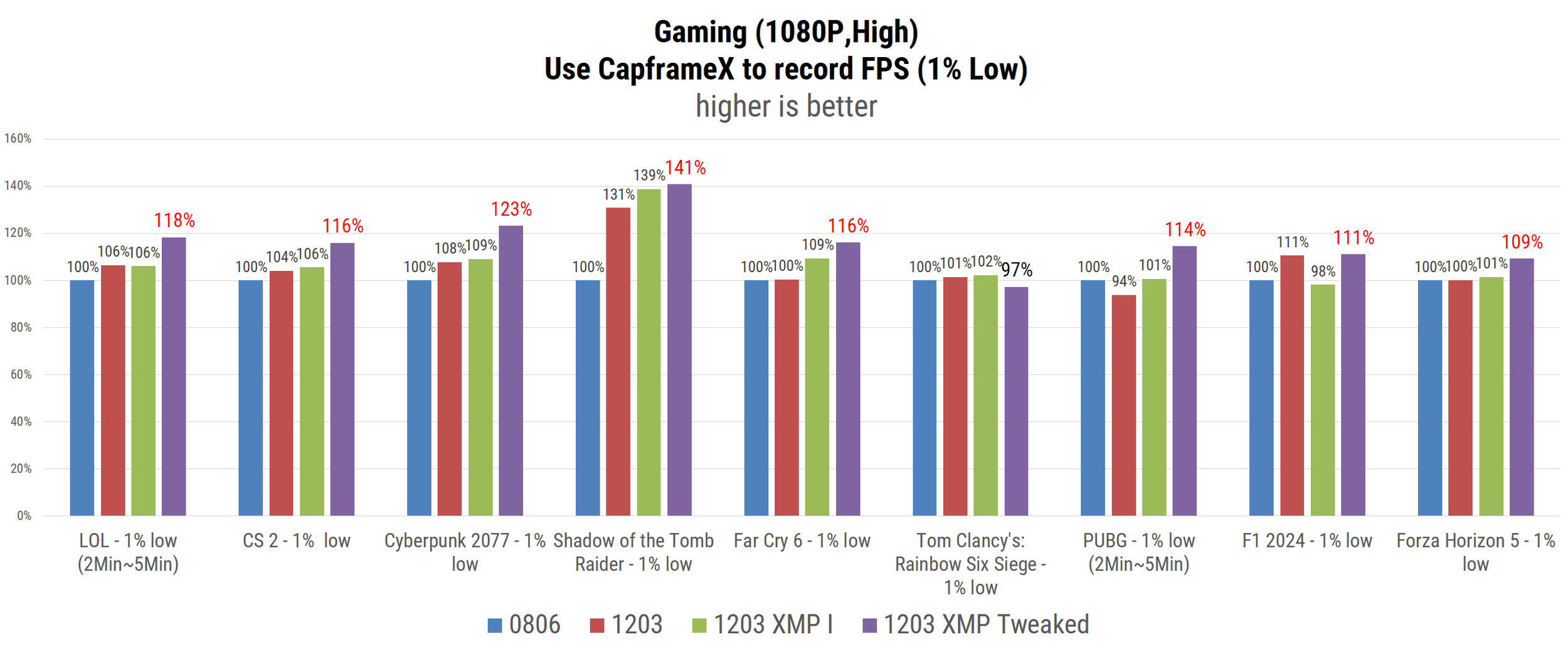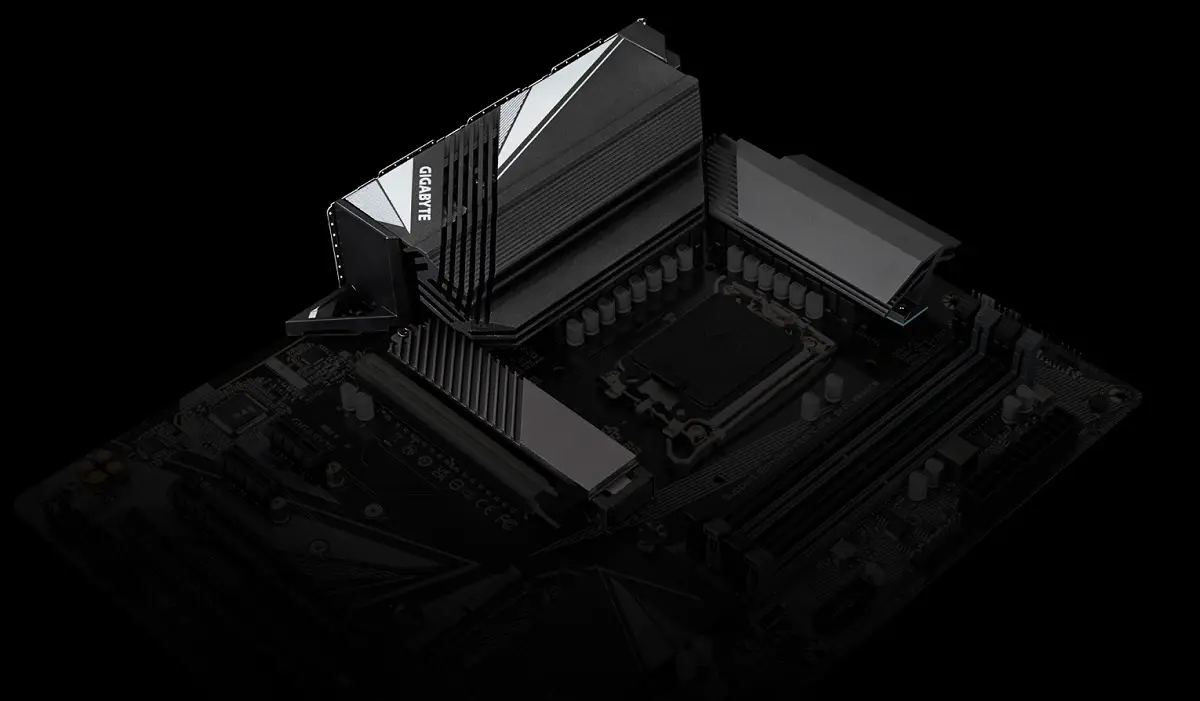Intel Microcode 0x114 Rolls Out for ASUS Z890 Motherboards: ASUS Claims Significant Synthetic and Gaming Performance Uplifts
It has been several weeks of waiting but finally, Intel delivered its ‘promised’ microcode 0x114 update to its board partners for applying it on the Z890 motherboards. While the microcode 0x114 was already leaked before the official launch, initially it didn’t seem to offer anything beneficial but after a full BIOS release by ASUS, it looks like there is some noticeable change but do take it with a grain of salt since these are 1st party benchmarks.
ASUS has released a new BIOS version 1203 for some of its high-end Z890 motherboards. I have checked and found that many Z890 motherboards still need the latest microcode 0x114 update via new BIOS. Some of the early models to get the microcode update include ROG Maximus Z890 Hero and ROG Maximus Z890 Extreme. The rest of the models still need the latest BIOS for the application of 0x114 update.
Nonetheless, on the ROG Forums, ASUS has posted the latest benchmarks with the BIOS 1203 applied to the Z890 Hero motherboard and used the flagship Intel Core Ultra 9 285K for the test. The synthetic graph shows a comparison of four different results. These are with the previous BIOS 0806, the new BIOS 1203, and with tweaked settings on the new BIOS, such as XMP I and XMP Tweaked profiles. As per the results, ASUS claims a slight performance upflit with the BIOS 1203 on default settings but the numbers go higher as soon as the XMP I and XMP Tweaked settings are applied.
The difference between the BIOS 0860 and the BIOS 1203 is roughly 1-2% in synthetic benchmarks and therefore, this isn’t really doing anything except that users have to tweak the memory and CPU settings from the BIOS or Intel XTU to gain some uplifts in synthetic benchmarks. As far as gaming goes, there do seem to be some noticeable gains but are limited to a few titles such as CS2, Cyberpunk 2077, PUBG, F1 2024, and Shadow of the Tomb Raider. Note that the percentage numbers in red are once again due to tweaked settings and not due to the microcode 0x114.
The average performance gain is hardly 1% across all nine titles but it is a bit better when we consider the 1% Lows, which come out at around 6%. Unlike average fps results where the maximum performance difference was up to 9%, the 1% Lows did much better in most titles. With tweaked settings, the 1% Lows improved by up to 41% and up to 27% in average fps.
All in all, the microcode 0x114 did have some impact on 1% lows, which makes gameplay smoother but it seems a bit exaggerated and misleading on how ASUS advertised the performance uplifts.
